Physical Address
304 North Cardinal St.
Dorchester Center, MA 02124
Physical Address
304 North Cardinal St.
Dorchester Center, MA 02124
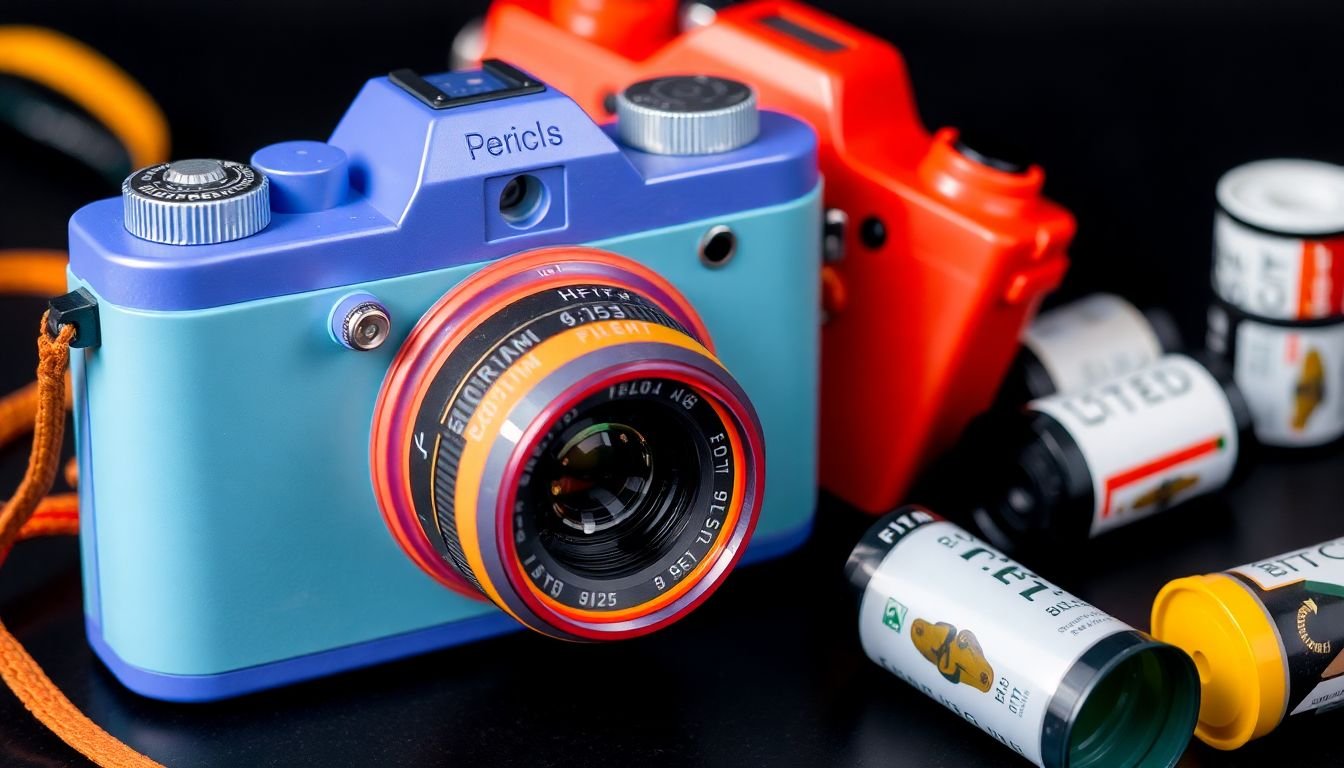
In recent years, disposable cameras have made a significant comeback. Known for their simple design, nostalgia, and candid photography style, disposable cameras have garnered a devoted fanbase. Users appreciate the grainy, authentic look that disposable film provides, and the “surprise” factor of seeing the final images after developing. However, with the growing awareness of environmental and financial concerns, many are searching for more affordable, sustainable options.
Disposable cameras bring an element of fun to photography. They’re easy to use—point, click, and eventually, develop. Unlike digital devices, you don’t see the image until it’s developed, capturing the beauty of raw, unfiltered moments. The vintage look that comes from film is nearly impossible to replicate with most digital cameras without extensive editing, and this unique charm keeps users returning to them.
Despite their charm, disposable cameras come with a few limitations. One of the biggest issues is cost; each camera can only be used once, requiring users to repeatedly buy new ones. Additionally, developing the film is an added expense.
These cameras are also not environmentally friendly, as they contribute to plastic waste. Beyond the environmental impact, the lack of control over image settings can be restrictive for anyone looking to experiment with their photography.
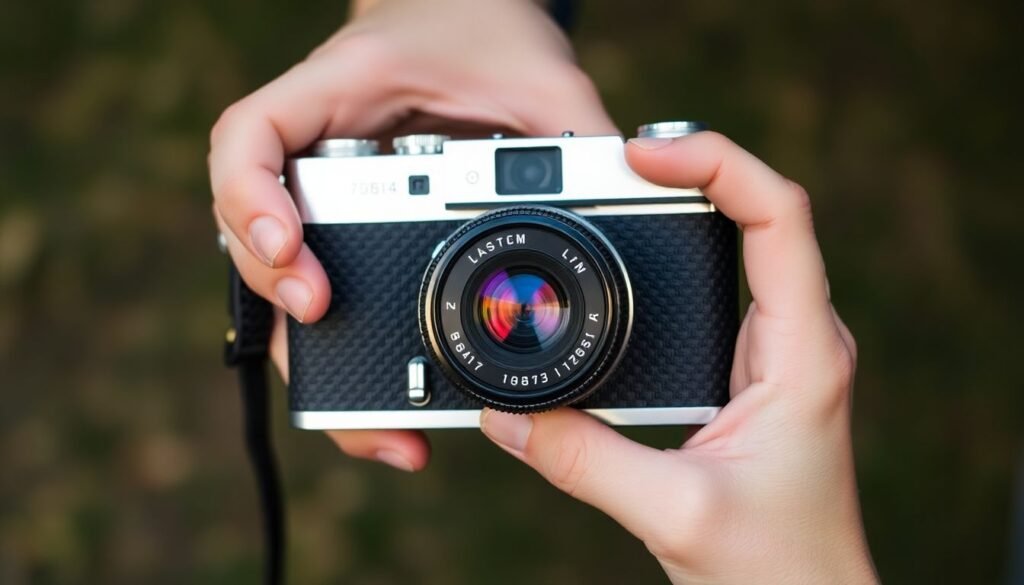
Considering the downsides of disposable cameras, it’s worth exploring alternatives that are more sustainable and economical in the long run. Affordable substitutes can provide similar benefits without the recurring cost or environmental impact.
Disposable cameras generate a surprising amount of waste. Each camera often includes plastic and non-recyclable components, and the chemicals used in film processing add another layer of environmental impact. Choosing reusable or digital options can significantly reduce waste and help environmentally conscious photographers lessen their carbon footprint.
When using disposable cameras regularly, the cost of purchasing and developing film quickly adds up. While the initial purchase may seem inexpensive, the recurring expense makes disposable cameras a costly choice over time. Seeking out reusable options can save money in the long run, especially for those who enjoy taking photos frequently.
Disposable cameras are straightforward but limited in functionality. Users cannot adjust focus, lighting, or zoom, limiting creative freedom. Alternatives that offer basic settings can allow users to experiment more freely while still capturing spontaneous, candid shots.
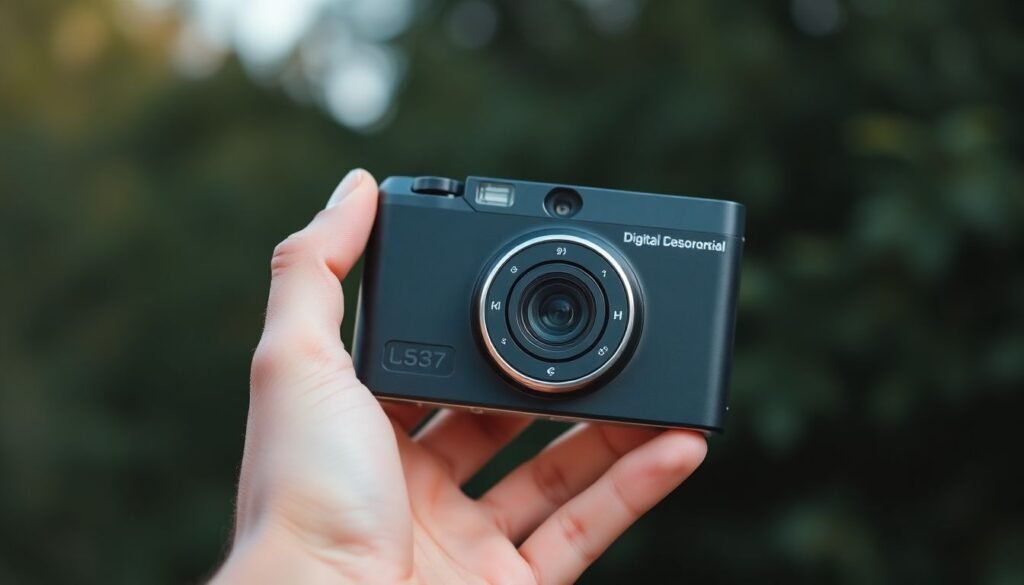
When searching for disposable camera substitutes, consider features that align with your photography goals, budget, and environmental values. Here are some essential qualities to prioritize.
In choosing an alternative, look for options that are easy to use, compact, and produce quality photos. Features like adjustable focus, flash, and zoom will enhance your ability to experiment with different settings. If portability and ease of use are top priorities, compact digital or instant cameras may be ideal.
While it’s tempting to go for the cheapest option, be cautious with quality. It’s better to choose a camera that balances affordability with decent photo quality, as ultra-cheap models may not provide satisfactory images. Evaluate if a camera’s quality matches the price and decide if you’re willing to pay slightly more for durability and reliability.
Reusability is key for budget-conscious, eco-friendly photographers. Opting for a camera that can be used repeatedly will significantly reduce waste compared to disposable models. Many compact digital cameras, reusable film cameras, and even smartphones offer this advantage, making them cost-effective and sustainable.

Digital cameras are excellent disposable camera alternatives. Compact digital cameras, in particular, offer a blend of convenience and quality, and they’re available at reasonable prices.
Compact digital cameras are small, easy to use, and capture clear images. They are affordable for those looking for an entry-level camera without advanced features. These cameras allow users to view and delete images before printing, making them ideal for both casual and hobbyist photographers.
Entry-level digital cameras are user-friendly and often more affordable than higher-end models. They allow for some creative control, such as adjusting exposure and focus.
However, image quality may be lower than more advanced digital cameras, and they may lack the unique film aesthetic that disposable cameras provide.
Several digital cameras are available for under £100, including options from brands like Canon, Sony, and Kodak. These cameras offer decent image quality, portability, and user-friendly interfaces. For anyone transitioning from disposable to digital, these models can be an affordable and reliable start.
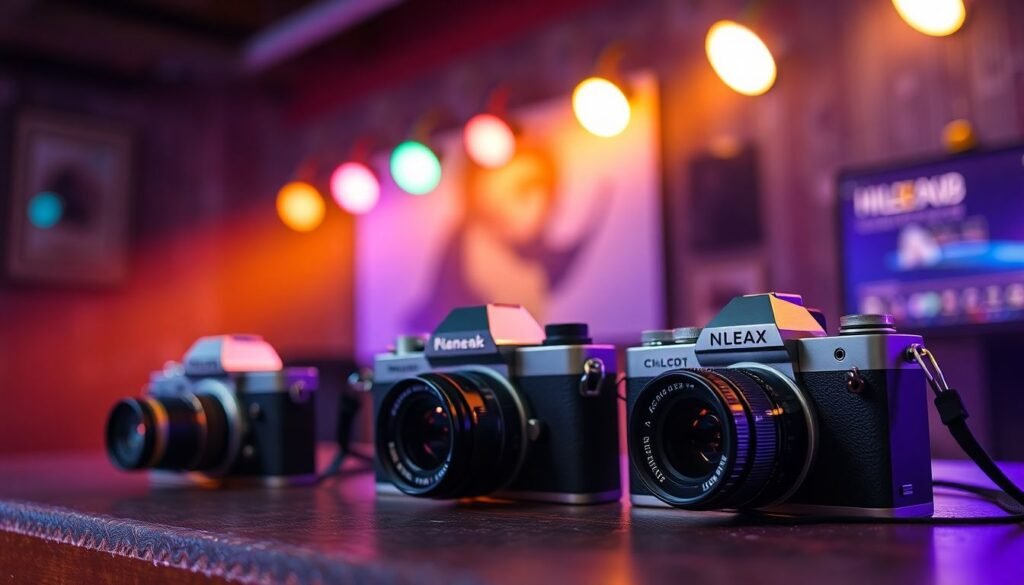
Instant cameras, like the popular Fujifilm Instax series, give users the immediate gratification of printed photos, much like disposable cameras.
Instant cameras offer a similar experience to disposables: you get a physical photo in seconds without needing to wait for film development. This instant satisfaction and the tangible result make instant cameras a beloved choice for those looking for a nostalgic, budget-friendly alternative.
Instant cameras are generally affordable, but the cost of film can add up over time. For budget-conscious users, it’s essential to compare film costs before committing. Many affordable models are available under £100, but frequent use will incur additional expenses due to film.
Models like the Fujifilm Instax Mini and the Polaroid Go offer affordability and ease of use. These instant cameras provide quality prints, a compact design, and features like flash and exposure adjustment, making them versatile and accessible alternatives.
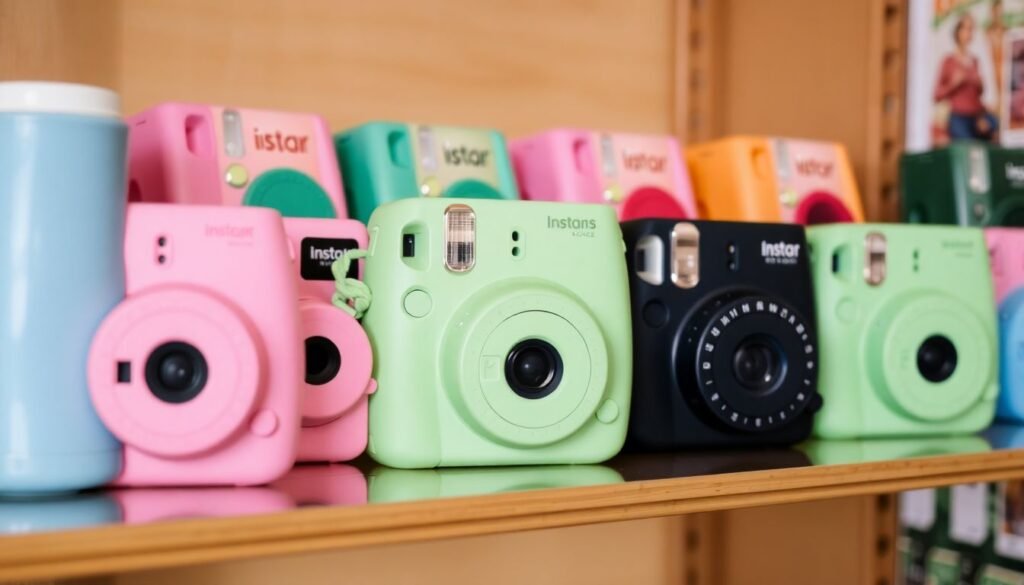
Reusable film cameras are gaining popularity as a middle ground between disposable and digital options. They provide a similar aesthetic to disposable cameras but can be reused repeatedly, making them more cost-effective in the long run.
Many photographers are drawn to the analog quality of film cameras. Unlike digital alternatives, film has a particular warmth and depth that adds character to photos. Reusable film cameras are appealing for those who enjoy the traditional film experience without the waste generated by single-use cameras.
Some of the best low-cost reusable film cameras come from brands like Kodak and Ilford. These models offer simplicity and the ability to switch films, allowing photographers to explore various types of film stock for different aesthetics.
While reusable film cameras are less wasteful, they do come with ongoing costs for film and development. Buying film in bulk or choosing economical development options can make film photography more accessible for budget-conscious photographers.
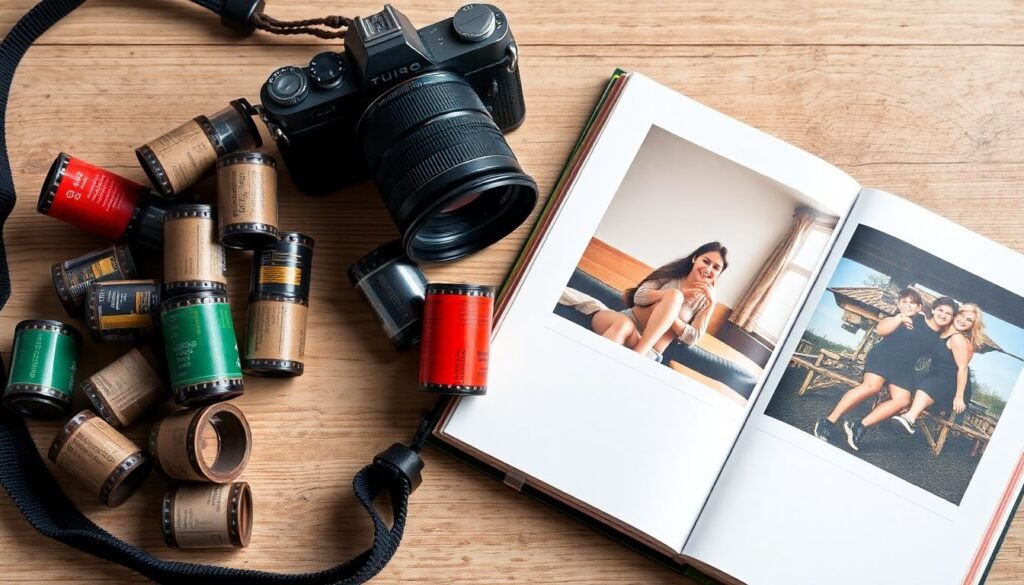
Modern smartphone cameras are often overlooked yet highly effective alternatives to disposable cameras. With technology advancing every year, many smartphones can capture high-quality photos that rival those from dedicated digital or disposable cameras. Additionally, smartphones offer immense convenience and flexibility, making them a viable choice for casual photographers.
Smartphones allow for on-the-go photography and can be a fantastic substitute for disposable cameras. They’re portable, versatile, and most people already own one, reducing the need for additional purchases.
Smartphones provide instant feedback, so you can retake shots or delete unwanted images with ease. Many smartphone models also come equipped with multiple lenses, offering a range of options for varied photography styles—from close-ups to wide-angle landscapes.
One of the most appealing aspects of disposable cameras is the vintage aesthetic they deliver. Numerous apps like Huji Cam, 1998 Cam, and Gudak offer filters that replicate this unique look, adding grainy textures, light leaks, and date stamps.
These apps are easy to use and inexpensive, often free or under £5, which makes them highly accessible alternatives. They’re ideal for those who want to achieve a disposable camera feel without purchasing new equipment.
Using your smartphone as a primary camera is cost-effective since most people already own one. While smartphones with high-end cameras can be expensive, even budget-friendly models from brands like Xiaomi, Motorola, or Samsung provide decent photo quality. For those looking to elevate their photography without spending extra, a smartphone paired with disposable camera-style apps can offer incredible value and convenience.
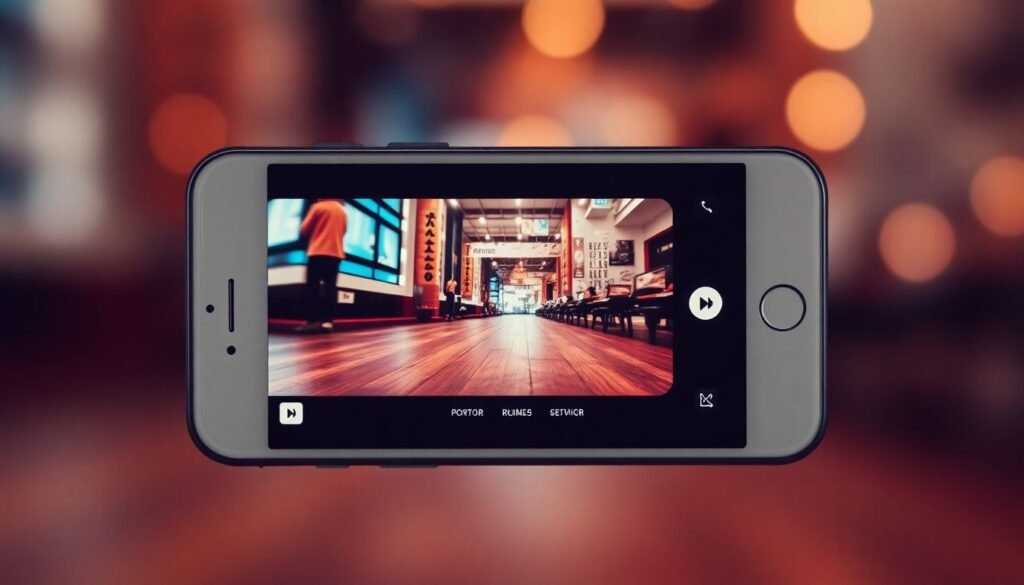
Digital disposable cameras are a relatively new option for those who want a disposable-like experience without the environmental impact. These cameras combine digital convenience with a single-use approach, allowing users to capture moments with limited control over the settings, much like a traditional disposable camera.
Digital disposable cameras capture images digitally, so there’s no need for film development, but they still come with limitations like fixed settings and minimal editing options. They’re designed to offer a similar experience to disposables, with straightforward functions and fewer adjustments.
Digital disposables allow users to capture digital files that can be shared or printed without developing film, making them practical and eco-friendly alternatives.
Digital disposable cameras are eco-friendly as they reduce plastic and film waste. They offer convenience, and many are rechargeable, eliminating the need for batteries. However, their image quality may not match that of even entry-level digital cameras, and the novelty of digital disposables can wear off quickly since they’re often limited in features. Some users may also miss the tactile experience of printed photos.
Brands like Snap, Kodak, and even Fujifilm offer digital disposable cameras. These models typically fall under the £50 to £100 range, providing an affordable digital option with the simplicity of disposables.
Kodak’s Funsaver Digital camera is one popular model that combines the experience of disposable cameras with modern convenience, offering a good mix of simplicity and functionality.
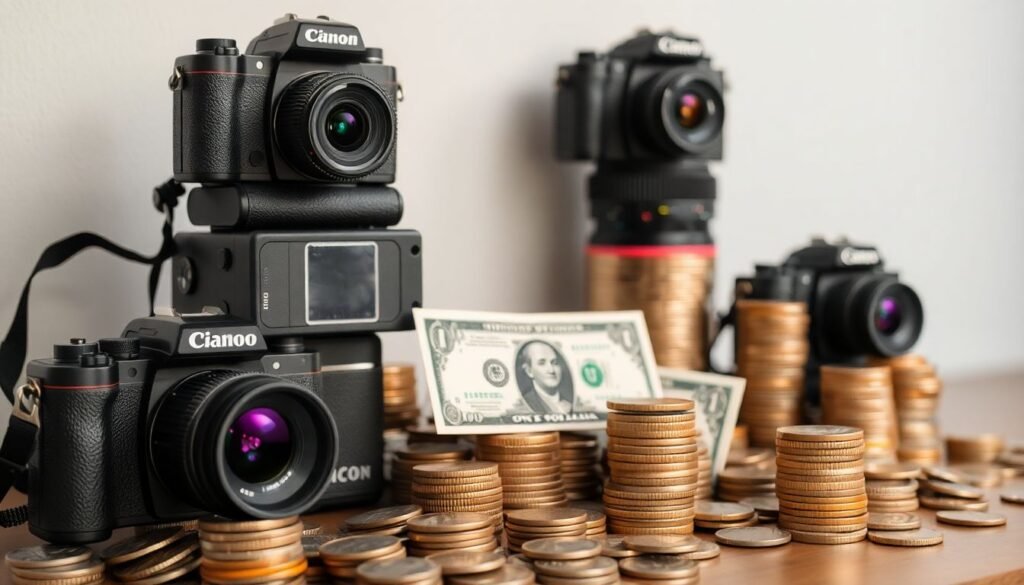
For those looking for a creative, budget-friendly alternative, DIY setups with smartphone adapters can deliver a fun photography experience. Various phone lenses and filters can be attached to smartphones, allowing users to experiment with different styles and effects that mimic traditional disposable cameras.
Clip-on lenses, such as fisheye, macro, and wide-angle, can give your smartphone images a distinct, retro look. These lenses are generally affordable, with options like the Olloclip and Apexel brands starting at around £10 to £20. They provide a simple way to change perspectives and add a layer of creativity to your shots, allowing for a unique twist on everyday smartphone photography.
Using apps in conjunction with phone lenses can replicate the disposable camera aesthetic even more closely. Apps such as Dazz Cam and VHS Cam offer vintage filters, grainy effects, and even date stamps to create a “film” feel without additional cost. Combined with the right phone lens, these apps allow for versatile photography and a variety of styles, from retro and gritty to bright and polished.
If you’re seeking low-cost solutions, consider pairing a budget smartphone with inexpensive lenses and filters to achieve various effects. Many DIY kits offer bundles of lenses and filters for under £30, allowing photographers to experiment without a high initial investment. With the right apps and accessories, this setup can easily rival the charm of disposable cameras.
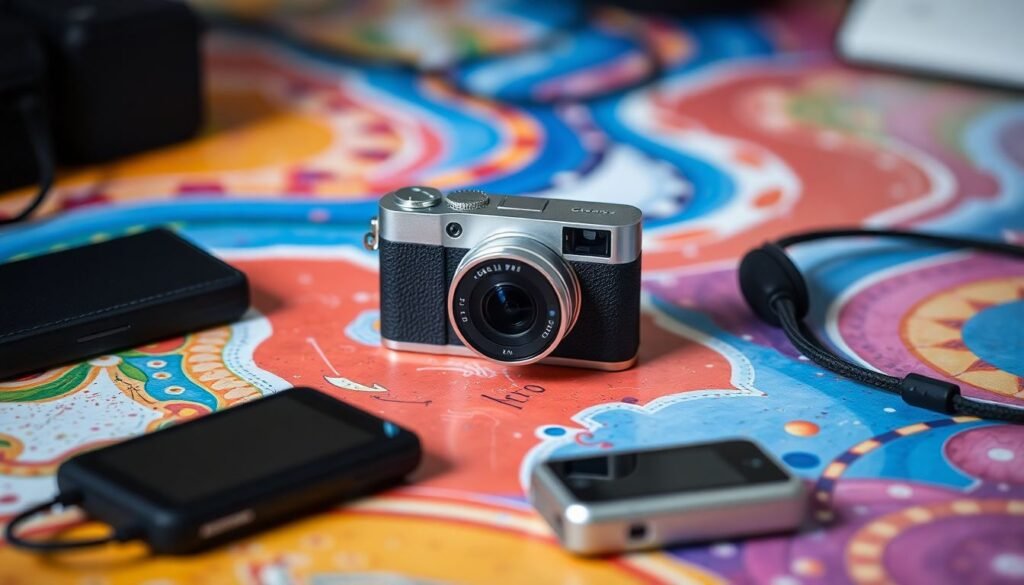
When evaluating disposable camera alternatives, cost is a crucial factor, especially for those looking to maximize value over time. Each option has its own set of expenses, including initial purchase prices and any recurring costs, such as film for reusable cameras or paper for instant cameras.
Disposable cameras may seem affordable initially, but frequent purchases and development costs add up over time. Digital cameras and smartphones involve a higher upfront cost but often pay off in the long term by eliminating film and development expenses. Instant and reusable film cameras have ongoing costs for film or paper, which should be considered when deciding on a budget-friendly choice.
If budget is a concern, digital cameras and smartphones provide the best long-term value. Their one-time purchase cost covers countless photos without additional spending on film or paper. For those who value printed photos, instant cameras are a solid option, but they do require ongoing investment in film packs. Reusable film cameras are ideal for those committed to film photography, as they offer a middle ground, reducing waste but still incurring development costs.
To summarize:
Choosing the right alternative depends on your photography frequency, preference for printed vs. digital images, and budget.
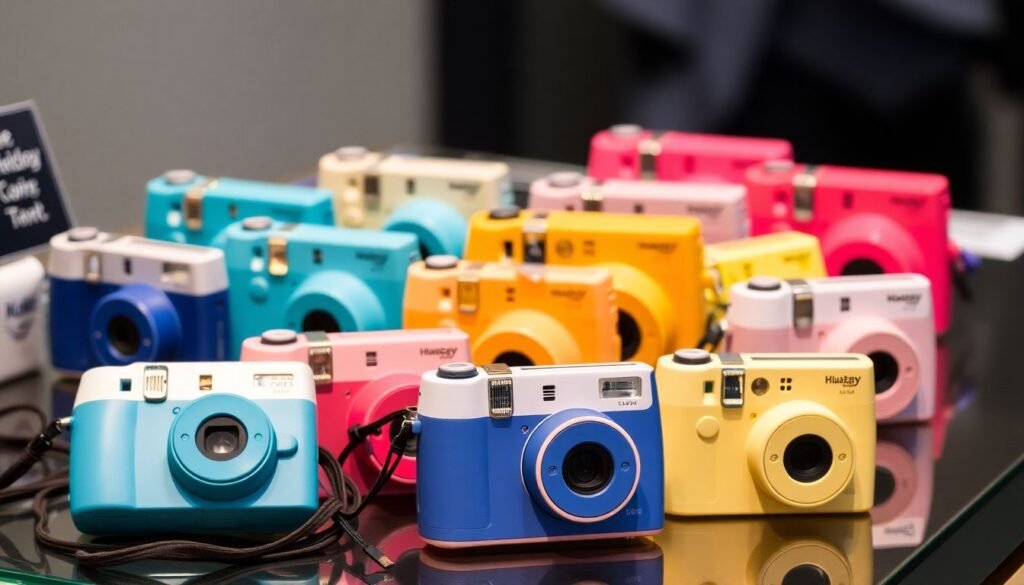
With several options available, choosing the best alternative to disposable cameras can feel overwhelming. However, focusing on key priorities and aligning them with available options can simplify the decision.
Consider how often you’ll be taking photos and in what settings. If you’re a casual photographer, a smartphone may provide all the convenience and quality needed. For those who love capturing physical prints, instant cameras offer a unique, tangible experience. And if vintage film photos are your style, reusable film cameras are the perfect match.
Finding the balance between cost and quality is essential. Spending a bit more on a higher-quality camera or phone accessory can provide better results and durability. For instance, investing in a quality instant camera or digital model can elevate the photography experience while ensuring longevity.
Experimenting with various styles and camera types can help you discover what resonates best. Phone lenses, filters, and camera apps offer flexible ways to enhance your style without breaking the bank, while compact digital cameras give you more control and quality in each shot.

Switching from disposable cameras to an affordable alternative comes with its advantages and potential drawbacks. Evaluating these can help users make an informed choice tailored to their needs and budget.
For those seeking affordability and sustainability, several alternatives to disposable cameras fit the bill. Digital cameras and smartphones offer excellent long-term value, while instant and reusable film cameras provide tangible results. The right choice ultimately depends on individual preferences, frequency of use, and budget.
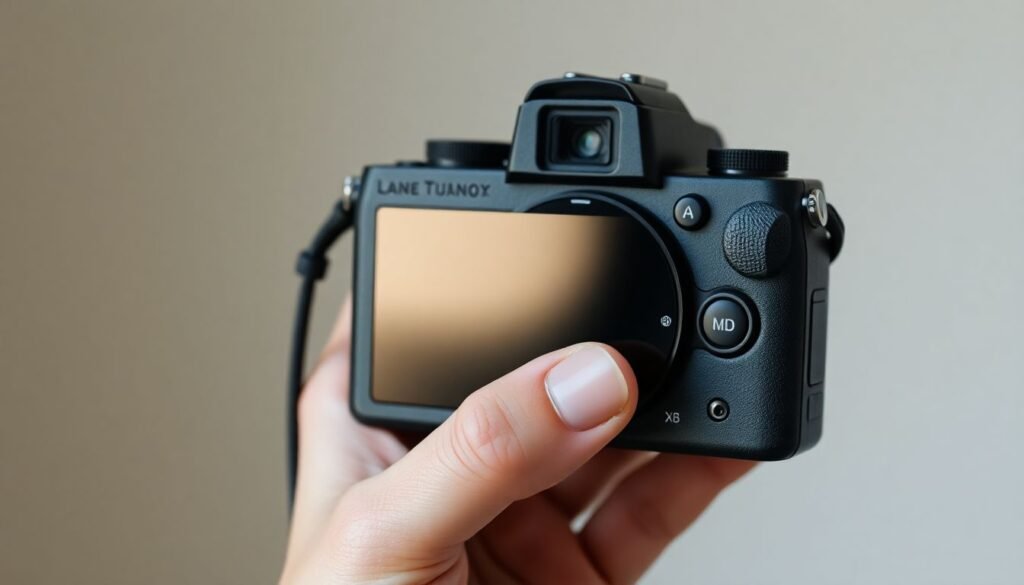
The search for affordable alternatives to disposable cameras is fruitful, with various options offering similar benefits without the drawbacks of disposables. Whether you’re leaning toward the convenience of digital cameras, the instant gratification of Polaroids, or the nostalgic charm of reusable film cameras, each choice offers a unique photography experience. Embrace the alternative that best aligns with your style and budget, and enjoy capturing memories sustainably.
While disposable cameras are simple and fun, reusable film cameras provide better value over time and are more eco-friendly. They allow users to enjoy film photography without the waste generated by disposable models.
Yes! Many budget cameras, especially compact digital models and certain smartphone cameras, can capture high-quality photos. Look for brands known for producing quality budget-friendly options, like Canon or Kodak.
Using a smartphone with disposable camera-style apps is the most budget-friendly option. It allows you to capture photos without additional purchases and gives you access to effects that mimic disposable cameras.
Digital disposable cameras are more environmentally friendly and often cost less over time, but image quality may vary depending on the brand. They offer simplicity and affordability but may not match the quality of higher-end digital or film cameras.
Yes! Apps like Huji Cam, Dazz Cam, and 1998 Cam offer free versions that add filters, date stamps, and grain effects to photos, replicating the look of disposable cameras without the additional cost.